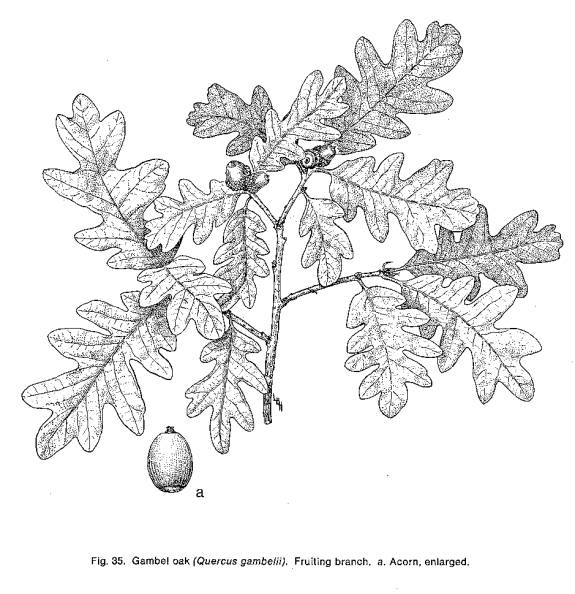
LINCOLN, Neb. — Forestry experts agree that planting the right tree in the right place promotes long-lived trees in our community forests.
"Our community forests are the trees in our parks and surrounding our homes, businesses and buildings. Both individually and as a whole, these trees make our communities more livable,” said Jessica Kelling, ReTree Nebraska coordinator. "Since the trees in our home landscapes are part of a larger community forest landscape, wise decisions made by individual homeowners can help create healthy community forest. The beauty of planting a tree is that it's a living legacy for future generations. Today we benefit and enjoy trees today that were planted by previous generations."
To help homeowners select the right tree, ReTree Nebraska developed ReTree Nebraska's 11 for 2011, a list of species that are not commonly planted in Nebraska landscapes but that are well suited to Nebraska's climate.
When selecting a tree species, Kelling recommends considering what species are already growing in adjacent areas. "Enjoy the two weeks of fall color your neighbor's red maple provides, but select a tree for your yard that provides some variety in leaf texture, form and fall color to create a diverse landscape year round."
Kelling also urges homeowners to take a tree's mature height and width into consideration when selecting a species for planting. "Go to the planting site and look up, down and around for conflicts with buildings, utility lines and even other trees."
This year's additions to ReTree's preferred and underplanted species list include two species of oak: Gambel oak for western Nebraska and English oak for eastern Nebraska. Kelling says specimens of English oak (Quercus robur) can be found throughout eastern Nebraska and as far west as North Platte. Gambel oak (Quercus gambelii) tolerates dry and alkaline soils commonly found in western Nebraska. Kelling recommends contacting your local nursery, extension office or district forester for additional information on the performance of each species in your region.
People are often discouraged from planting oaks due to the misconception that they are slow growing. However, Justin Evertson of the Nebraska Forest Service says once established, oaks that are thriving are not slow growing.
"A thriving oak is one that has been properly planted in optimal growing conditions, which includes providing enough, but not too much, water from turf irrigation, avoiding other landscape inputs (i.e. fertilizer and pesticides) and providing separation between turf and trees, since trees and turf have different cultural needs," said Evertson. "A simple solution is planting trees with other trees, shrubs, or groundcovers in larger mulched islands."
Planting a tree with a high-quality root system and planting smaller-sized nursery stock means the tree's root system can more quickly establish itself and put its energy into above-ground growth. Evertson also cautions against over-mulching, a common problem in many landscapes. Mulch should only be applied at a depth of 2-3 inches near the drip line tapering to one inch toward the trunk. Never pile mulch against the base of the tree.
"Sometimes the care we give our trees is well-intended but not correctly executed, and this is detrimental to the long-term health of our trees," said Evertson.
To view the entire list of ReTree Nebraska's Eleven for 2011 or to find out where you can purchase these species, visit ReTree Nebraska: Good Trees.
To view oaks growing in your area visit an arboretum site near you. For a listing of arboretums statewide, visit Nebraska Statewide Arboretum.
ReTree Nebraska is a 10-year cooperative initiative to restore Nebraska's community forests by properly planting and maintaining 1 million community trees by 2017. To learn more about ReTree Nebraska and find out how you can get involved, visit ReTree Nebraska.
ReTree Nebraska is a cooperative initiative of the Nebraska Forest Service, Nebraska Statewide Arboretum Inc., University of Nebraska Rural Initiative, University of Nebraska-Lincoln Department of Agronomy and Horticulture, Nebraska Community Forestry Council and the university's Institute of Agriculture and Natural Resources.
More details at: http://go.unl.edu/h9g